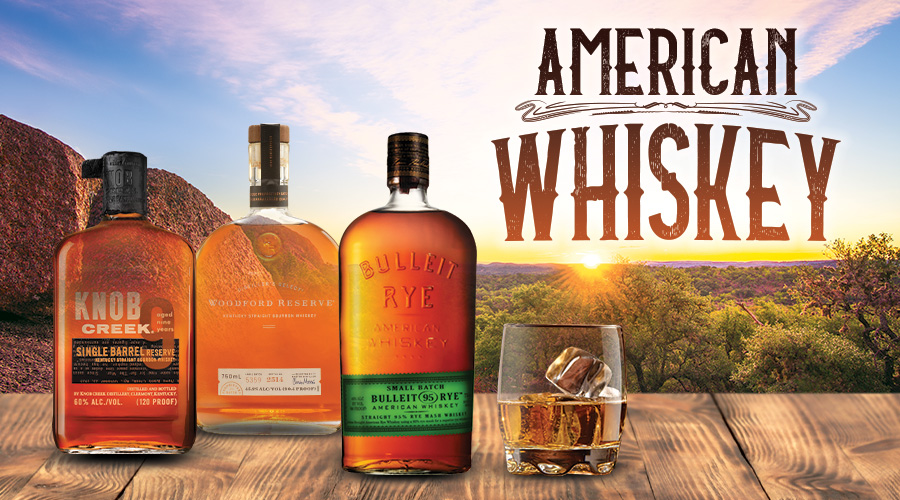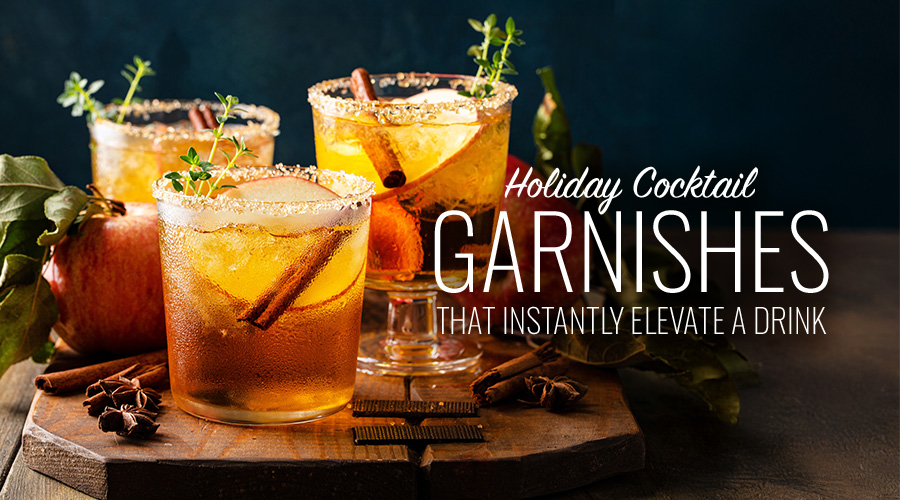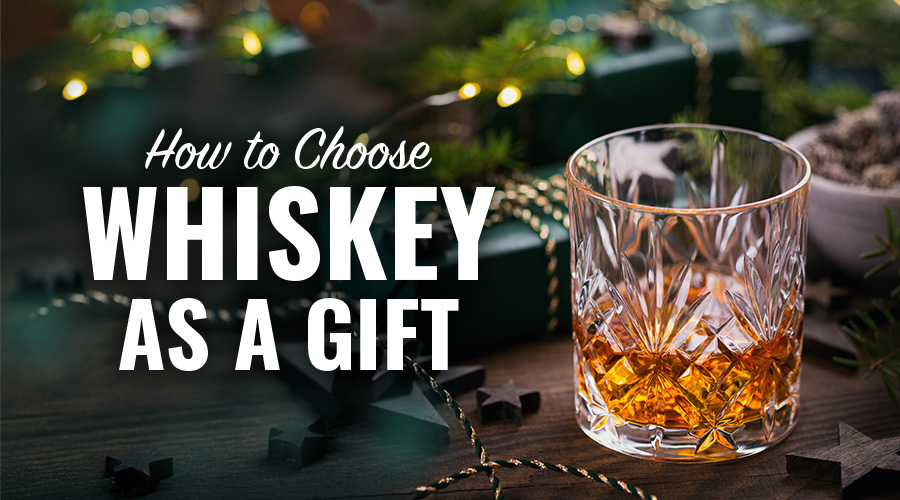
The History of Whiskey
The history of whiskey dates back to Medieval monks in Scotland and Ireland whose monasteries, lacking the vineyards and grapes of the European continent, turned to fermenting grain mash, resulting in the first distillations of modern whisky.
The Old Bushmills Distillery, the oldest licensed distillery in the world, opened in Northern Ireland in 1608, but it would take nearly 200 more years for America to put its own whiskey on the map.
American Whiskey Is Born
Whiskey made its way to America with the arrival of the first colonists and the encouragement of settlers to move west. A lot of these people were Scottish, Irish, and English, who had a solid history of distilling in their homelands. One man, whose name might ring a bell, Basil Hayden, was charged with bringing Catholics from Maryland to Kentucky in 1785. It didn’t hurt that he was also a distiller, as were most farmers of the time (today two bourbons are named after him, Basil Hayden and Old Grand-Dad). Around the same time, in 1783, the first commercial distillery is founded in Louisville, Kentucky on the banks of the Ohio River by Evan Williams.
The popularity of whiskey was seen as an easy way to fund debt from the Revolutionary War and led to the first excise tax on domestically produced distilled spirits in 1791. It applied to distilled spirits of any kind, but as whiskey was the most popular, the excise became known as the “Whiskey Tax” and was rather unpopular with farmers who were used to distilling their surplus grains into whiskey. The ensuing unrest between grain farmers and the US government was soon dubbed the “Whiskey Rebellion.” The rebellion came to an end in July 1794 when President Washington sent a militia force out west to quell the building violence. The tax continued until Thomas Jefferson was elected in 1801 and repealed it as promised during his campaign.
In 1820 a Scottish grocer named John Walker began producing his own whisky, which would become one of the most famous and most widely distributed brands of Scotch whisky in the world.
In 1823 the process that is sour mash was developed by Dr. James C. Crow at what is now the Woodford Reserve Distillery in Kentucky. This revolutionized the way in which bourbon is made and is also a current legal requirement when producing Tennessee whiskey.
It wasn’t until 1840 that the first corn whiskey, “Old Bourbon County Whiskey,” was officially given the name Bourbon, when a distiller by the name of Jacob Spears was the first to label his product as “Bourbon whiskey.“ Ten years later the first blended whiskey came into production under Andrew Usher.
From 1920 to 1933, Prohibition banned all production, sale, and use of alcohol with an exception for the prescription of medicinal whiskey from a doctor, to be sold through a licensed pharmacy. It’s no coincidence that during this same timeframe, the pharmacy chain Walgreens grew from 20 stores to nearly 400.
In 1964, bourbon whiskey was declared the country’s official distilled spirit by Congress. They also laid out the specific regulations that are to be met in order to label a whiskey as bourbon.
The American Whiskey Trail
The most recent update on whiskey in America was in 2004 with the launch of the American Whiskey Trail meant to draw attention to the many of the historical sites and operating distilleries in Kentucky, Tennessee, Pennsylvania, Virginia and New York.
There are a few distilleries that are making some pretty fantastic whiskey, stuff that very few of us actually get to taste, unfortunately! Names like Eagle Rare, George Stagg, Four Roses and Pappy are some of the more common ones. Spec’s receives these highly sought-after libations once a year and our allocations change each year based on what the distillery makes. The limited amount of these whiskies means Spec’s has to create a whiskey allocation list. If you’re interested in getting on our “I WANT IT” list, just stop by your nearest Spec’s location and one of our experts will be more than happy to help!
Top Rated American Whiskies
Elijah Craig 12 Year Old Barrel Proof
A deep long finish with spice, tobacco, leather, cinnamon, clove and salted caramel.
Knob Creek Single Barrel Reserve
A deep short finish featuring notes of toffee, vanilla, coconut, and oak.
Jim Beam Devil’s Cut Bourbon
Sweet and spicy with lots of oak followed by a touch of caramel and vanilla.
Four Roses Single Barrel
Smooth and creamy with notes of floral vanilla that blend into toffee, orange peels, black pepper, and hearty spiciness.
Stranahan’s Colorado Whiskey
A slight intensity of vanilla, bananas, apples, and hints of pear with a long finish featuring oak and spices.
Maker’s Mark 46
A rich mouthfeel, oaky, brown sugar, vanilla, a hint of Juicy Fruit gum, a little citrus.
Woodford Reserve
A smooth medium body with notes of sour cherry candies, brown sugar, orange peels, and char.
Bulleit 95 Rye Whiskey
Flavors of cherries, coconut, oranges, and creamy sweet butter.
Jack Daniel’s Old No. 7
Light bodied with a slightly creamy texture and notes of bananas and toffee, a hint of pears, a touch of maple fudge.




